Don’t let the fact that it’s home to the European Parliament put you off, the capital of Alsace exudes the perfect mix of sophistication and charm. The place may be stuffed with pen-pushing Eurocrats, but don’t let that detract you from exploring this insanely good looking city. Although Alsace is part of France, its borders have not always been clear. The region has been passed between French and German control numerous times, resulting in its distinctive Alsatian culture, a unique blend of French and German influences.
After liberation in 1944, Alsace was finally returned to France and Strasbourg became the symbol of reconciliation between France and Germany. This has given the ancient centre of Strasbourg a striking cross-border appeal, with half-timbered Medieval houses draped in geraniums, straight out of the Brothers Grimm, cheerfully rubbing shoulders with elegant French-style mansions and townhouses.
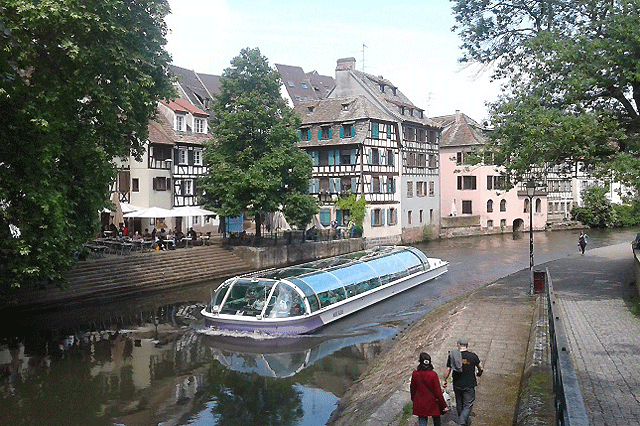
Beneath this veneer of Alsatian folksiness, Strasbourg is suavely international, stately and multi-lingual. You’d struggle to find a more agreeable place to kick back with a café au lait or glass of Riesling, in the warm summer months, when café tables colonise the cobbled streets and squares.
Encircled by the River Ill and the Canal du Faux-Rempart, Strasbourg’s Unesco-listed island centre Grande-Île, brims with treasures. I made a beeline for the magnificent Romanesque-Gothic Notre Dame Cathedral, bejewelled with exquisite ornamental detailing, gargoyles, sculpted figures and luminous stained-glass windows that date back to the 12th century. This is the building that stamped Strasbourg’s name on the global consciousness, five hundred years ago, because its completion in 1500 crowned it as the world’s tallest building. (461 metres.)
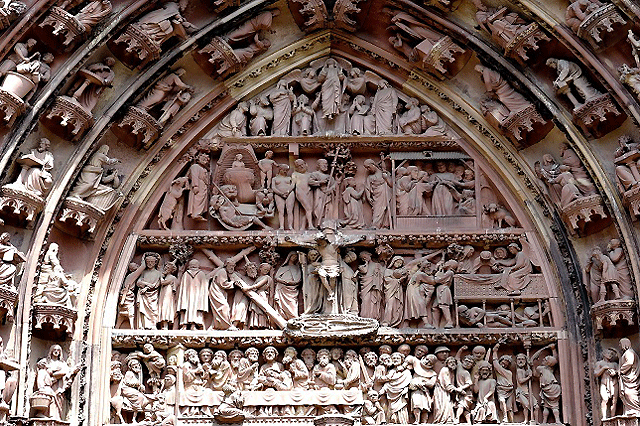
It held that position for nearly five centuries before being superseded by Ulm Cathedral in 1890. It’s best approached from the west along Rue Merciere, where you gain a gradual impression of its colossal dimensions and its gravity-defying spire. One of the world’s first ever Christmas trees was erected in front of the cathedral, in 1539. Only Latvia displayed a tree, earlier. It’s a hell of a haul but I trekked up the 332 steps to the cathedral’s viewing platform, where far-reaching vistas stretch out to the Black Forest and Vosges mountains.
Back down on terra firma, this Gothic masterpiece boasts an astronomical clock that springs into action at 12.30pm. As much a 16th century morality play as a timepiece, its procession of figures is enchanting. Don’t miss the büchmesser, a support pillar which served as Strasbourg’s belly-meter to measure the girth of the workers involved in the construction of the cathedral. It was to make sure they would fit in the tight nooks and crannies required on the job, so if the width of the worker exceeded the width of the column, they were down the road.
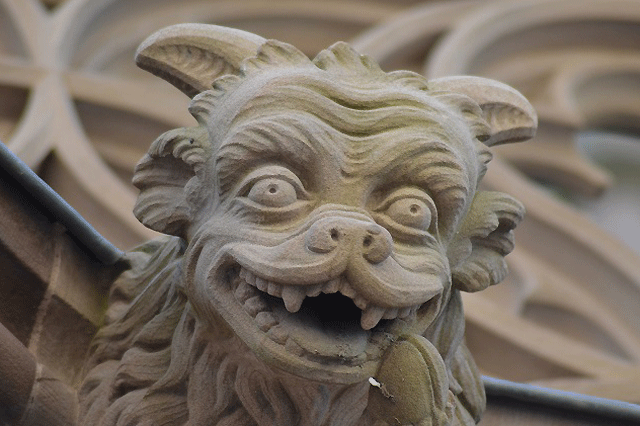
During one of the numerous neighbourhood feuds, Strasbourg was a prized target during the Franco-Prussian war of 1870. During the showdown, Prussian forces unleashed a massive attack on the city and one mortar shell is still visible, jutting out from the façade of Hotel de la Cathedral. The Prussians won that battle, but after Louis XIV snatched Strasbourg for the French crown in 1681, Strasbourg’s prosperity flourished, with its fine porcelain and pottery winning global acclaim. They’re still perennially popular buys. The Betschdorf pottery is notable for salt being added during firing, making the glaze hard enough to be suitable for floor tiling. Fun fact? During the French revolution, the French national anthem, La Marseillaise, was composed in Strasbourg in 1792.
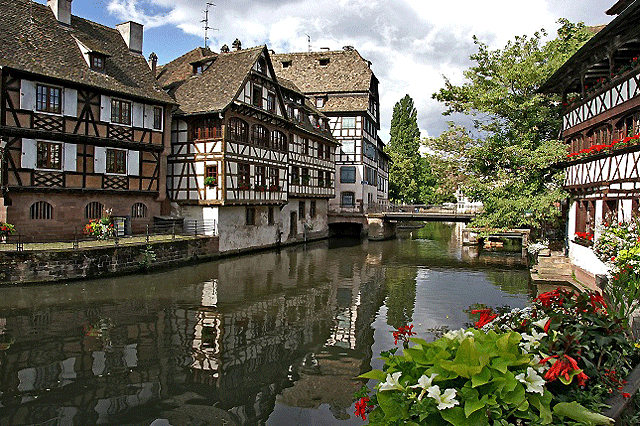
From the cathedral, I walked down Rue des Serruriers and the great pedestrian artery of Grand Rue, where the architectural style is decidedly French until you reach Petite France. Contrary to its name, pure Alsace takes over. It’s half-timbered heaven, with achingly gorgeous houses overlooking the babbling waters and locks of the River Ill. This spell-binding warren of narrow streets speckled by bridges, locks and time-honoured houses beckons like a 3D village, straight out of a children’s storybook. I strolled through the Tanners’ Quarter, where leather and skins were soaked in the river before being left to dry on the upper galleries of the houses.
The area ends at the massive towers of the covered bridges, marking the western boundary of the Old City. Just beyond, the roof terrace of Vauban’s 17th-century fortification serves up a vintage view towards the Cathedral. I complemented my walkabout with a boat ride on the largely canalised River Ill. Batorama’s 70-minute ’20 centuries of history’ tour is a cracker, circumnavigating Grande-Île and skirting the 19th-century German Quarter. The turn-around point is the Wacken district, where the sterile sprawl of concrete, steel and glass signify the locale of all those Eurocrats and the European Parliament.
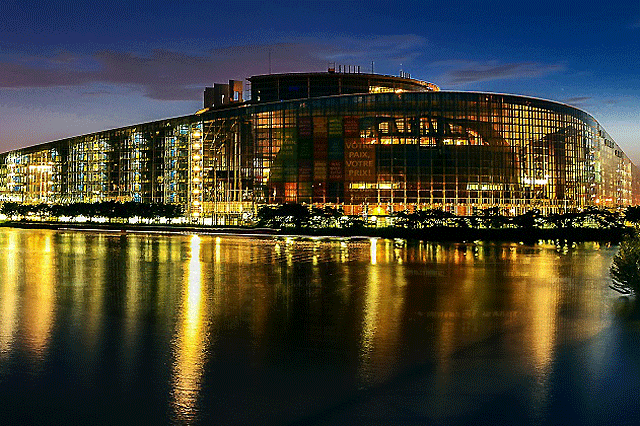
Back in the old city, the surprises just kept on coming. You may not expect the largest private collection of West African voodoo in the world to be located in Strasbourg, but it is. Château Vodou, located in a converted water tower, awash with intriguing and eerie objects of worship, divination, and witchcraft.
Another hidden gem is the age-old wine cave tucked away in an old medieval hospital, Strasbourg City Hospital. Founded in 1395, this brick-vaulted wine cellar is nestled deep in the bowels of this old hospice, when wine was considered a cure for all ills. The wines and even the vineyards were donated over the centuries by patients, as a form of payment for quality medical care. Some winegrowers would also entrust their products to the cellars for aging. The cellar now primarily operates as a wine museum featuring more than 40 ancient barrels including one barrel that is still filled with the wine from 1472.
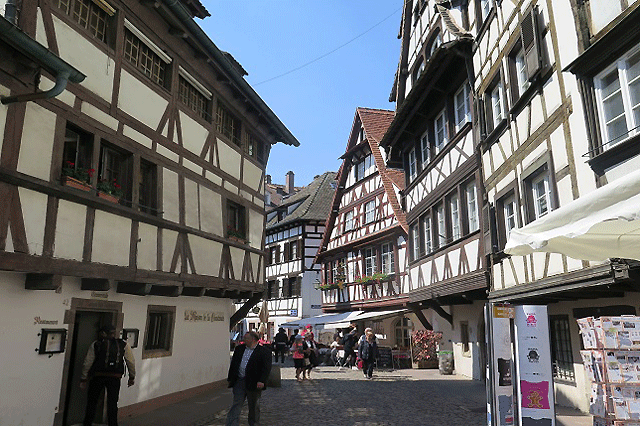
Believed to be one of the oldest wines in the world, it has only been served three times. The last people to taste it were the liberators of Strasbourg, led by General Lecrerc in 1944. Today the cellar also bottles first-rate Alsatian wines from Rieslings to sweet Muscats. For lunch on the run, wrap your laughing gear around a slab or two of Flammekueche. This Alsatian staple is like a super thin pizza slathered with cheese, lardons and onions. (Lardons, for the uninitiated, are chunks of bacon used to flavour salads or savoury foods and to lard meat.)
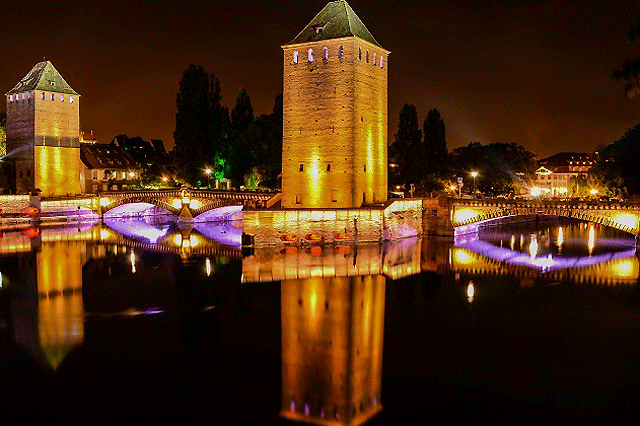
For a touch of afternoon opulence, Au Fond du Jardin is an elaborate tea room where you’ll be royally treated. The over-the-top madeleines are particularly good, as are their savoury tarts. Window shopping, or window licking as the French call it, is pure pleasure along the chi-chi pathways of Strasbourg. But be sure to taste a few cheeses from Malker, in Place de la Boucherie. Owned by two genial brothers, they make their own farmhouse cheeses, and their pungent Munster is a knock-out. Close to the Cathedral, Maison Kammerzell is a Strasbourgeois staple. This quintessential half-timbered house dates back to 1427 and is considered the finest such specimen in Alsace. Spanning six floors, dinner here is destination dining. Plump for the fish sauerkraut.
Purring through the Alsace region by train is an unforgettably photogenic experience, flanking the Rhine River. Purchase a pass to suit your needs, in advance from Rail Europe, the experts in great rail travel. www.raileurope.co.nz


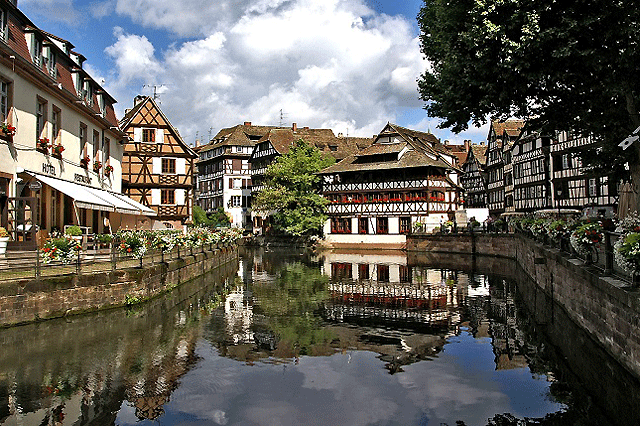



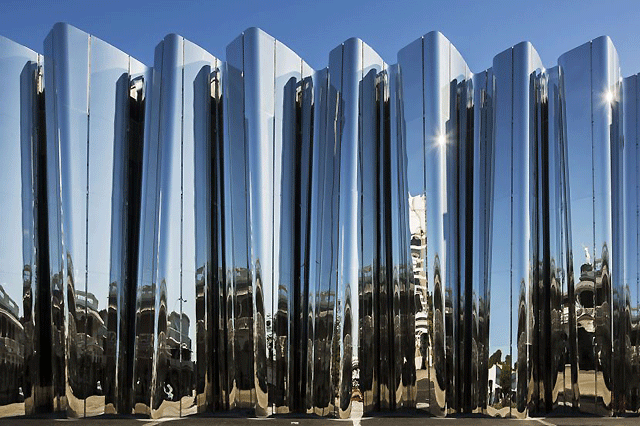

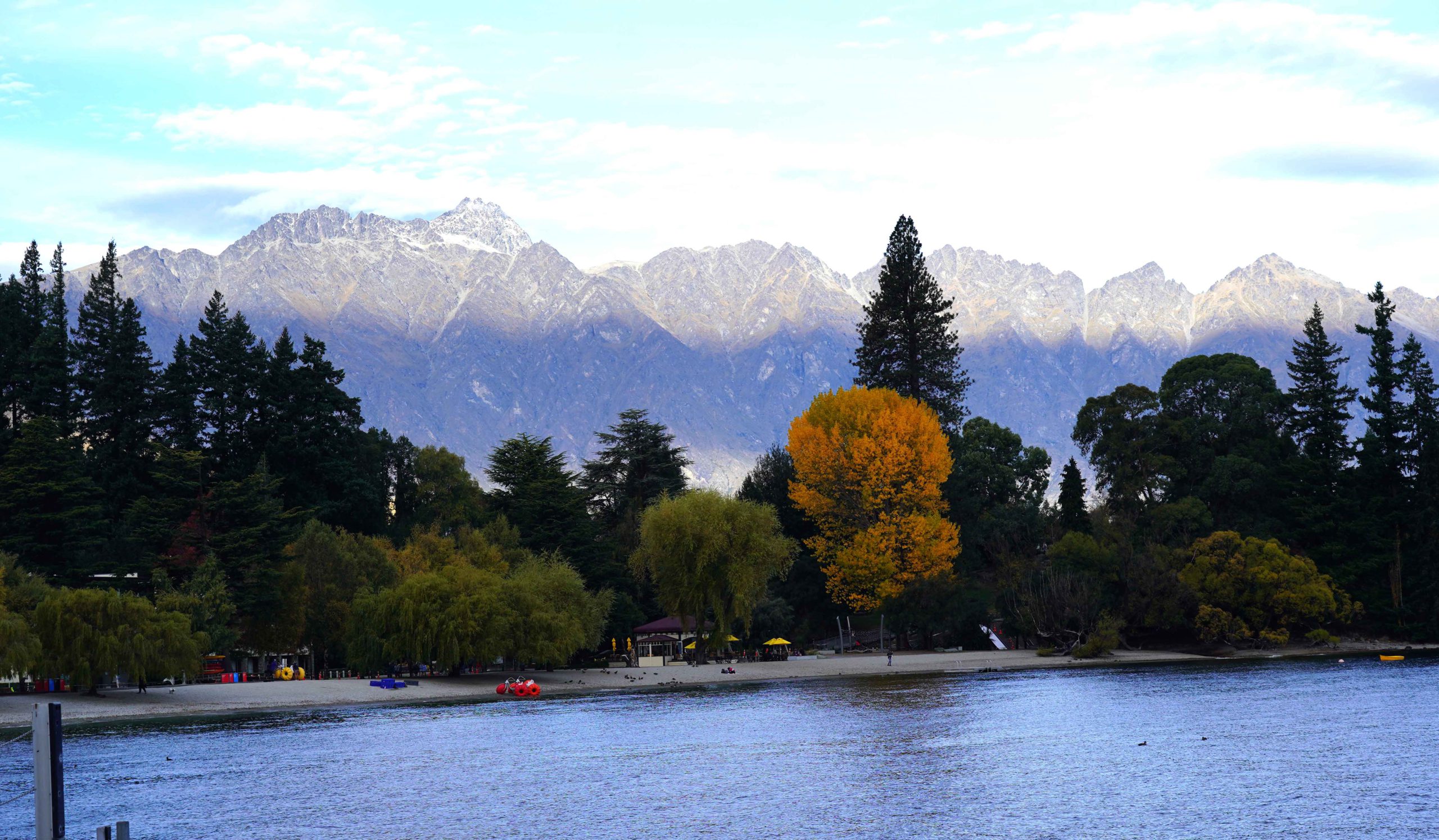


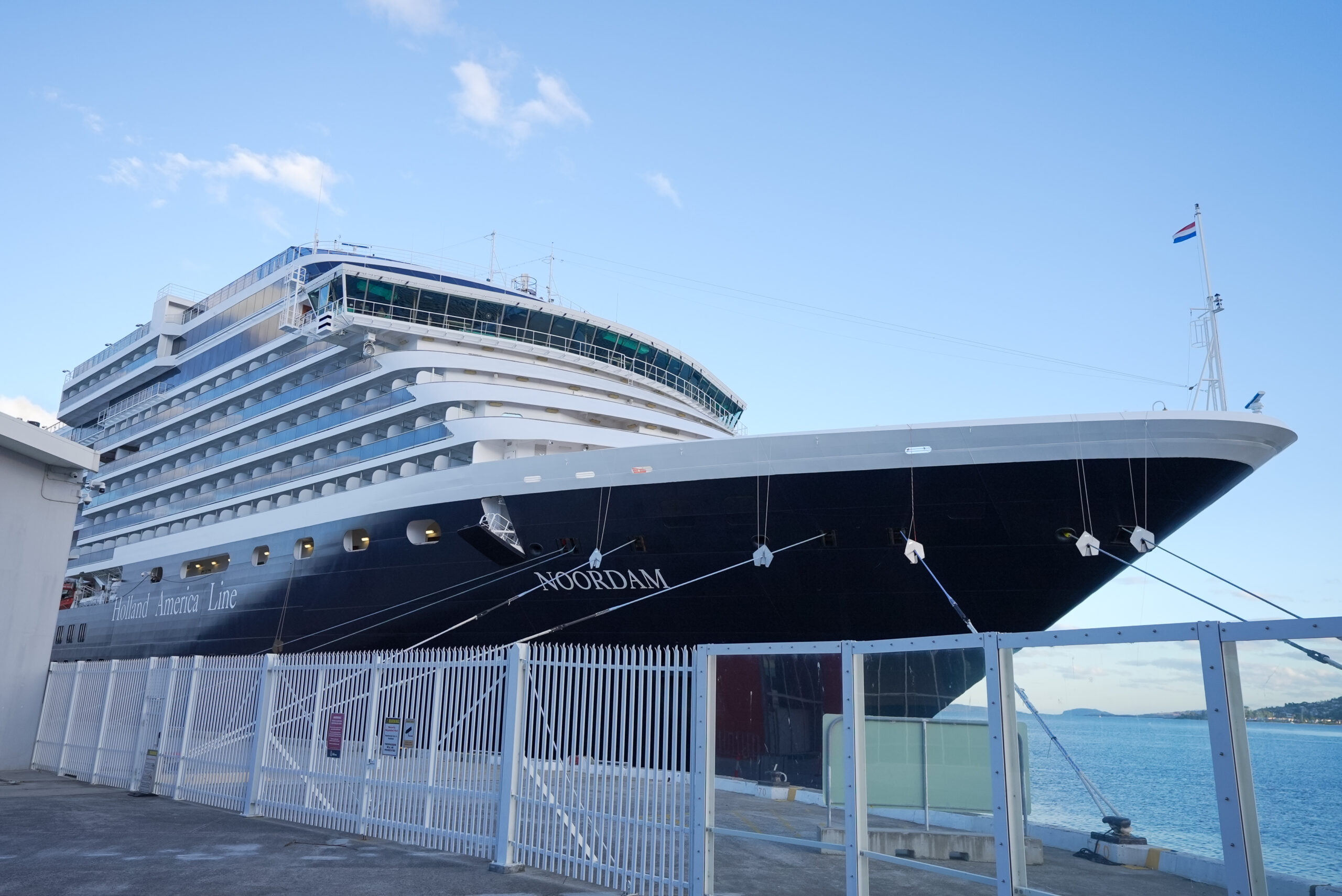
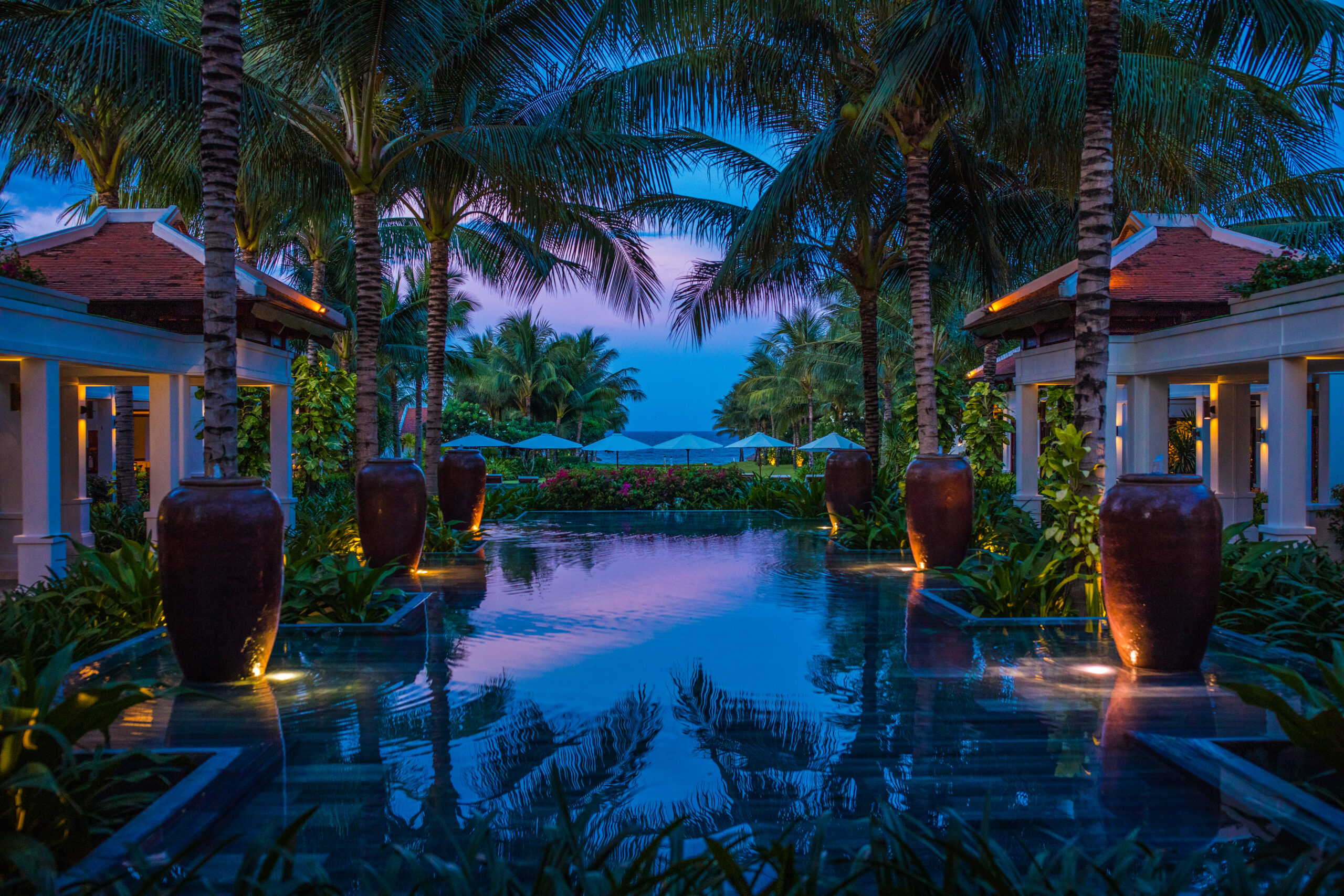
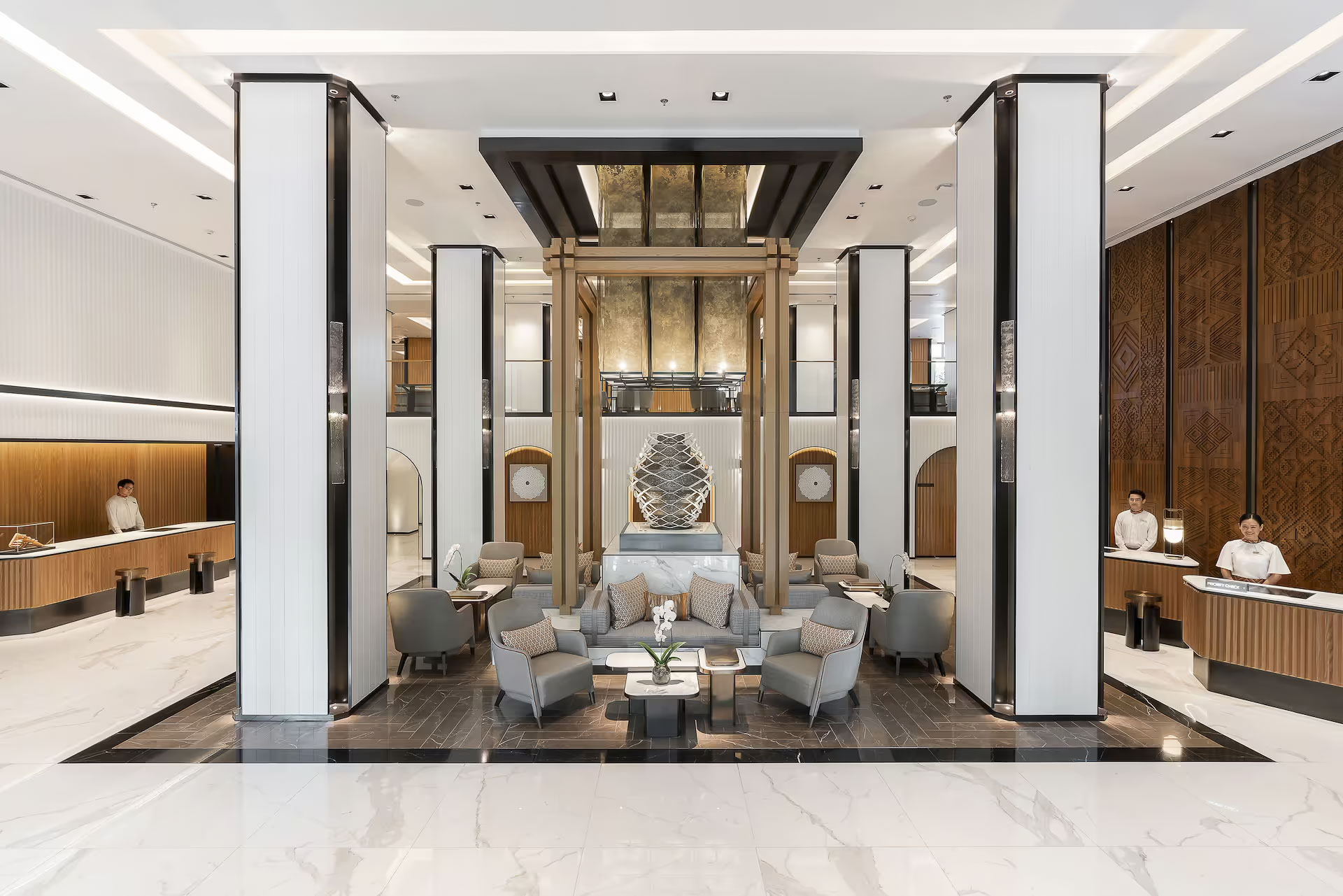
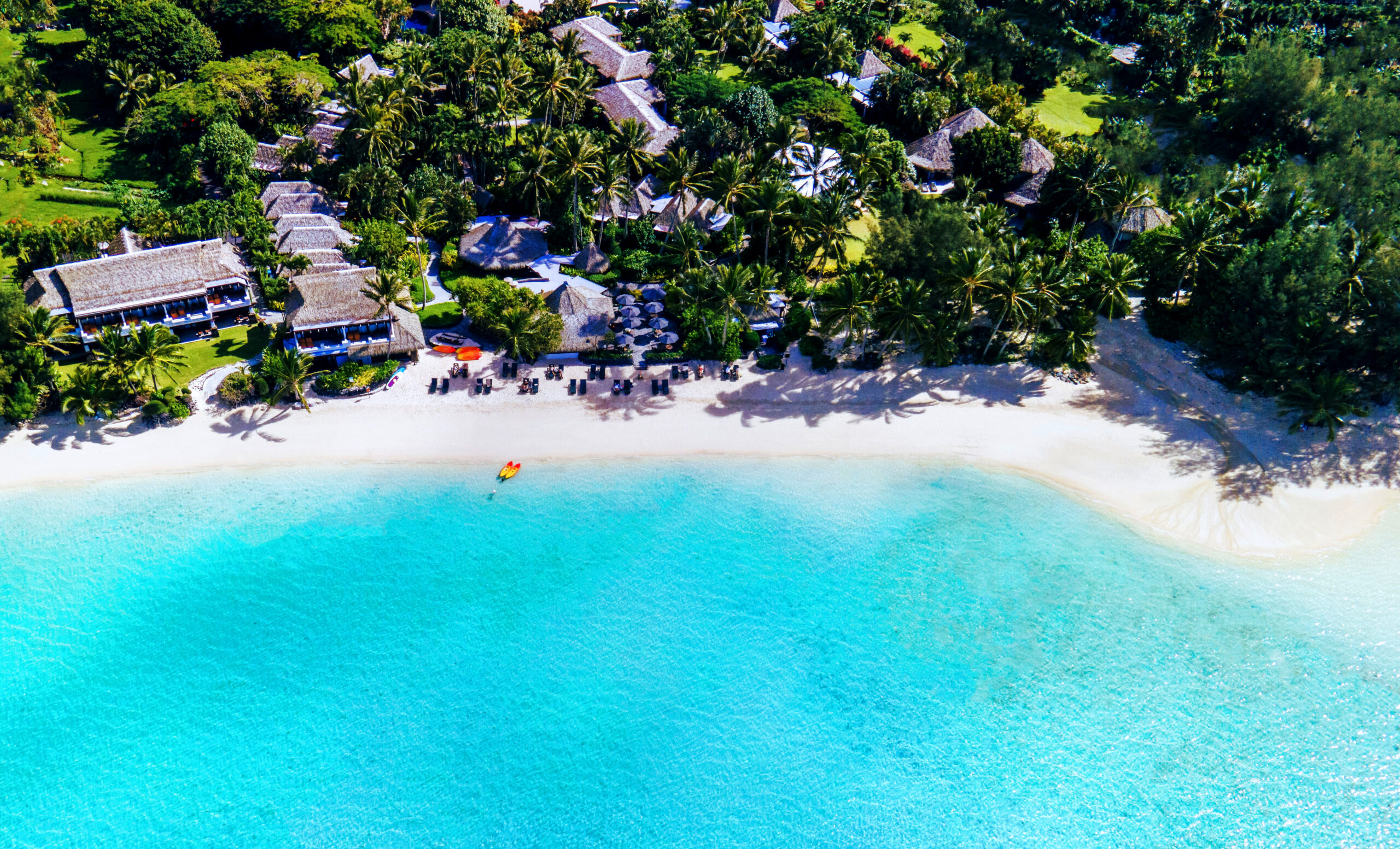
Recent Comments